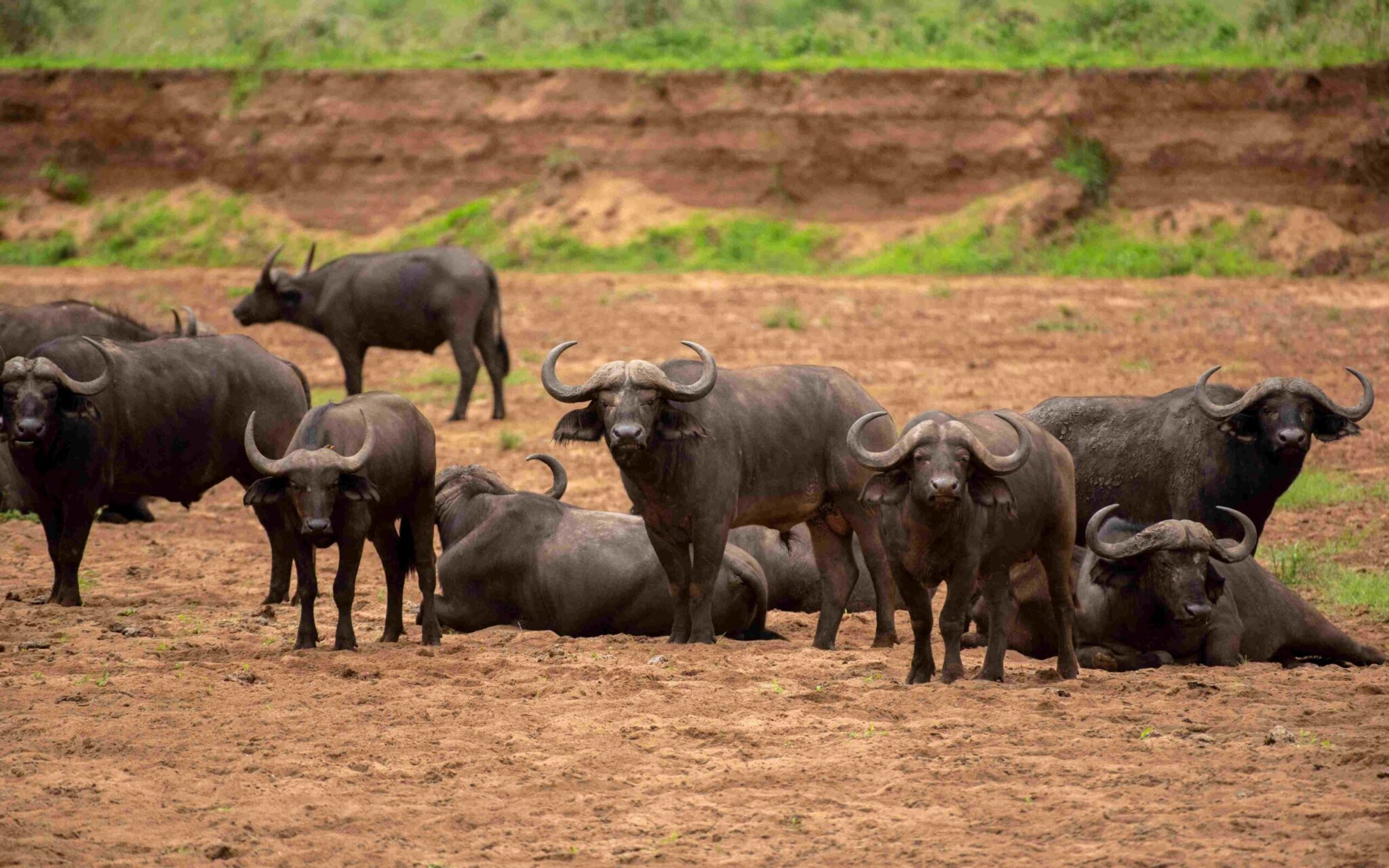Kidepo Valley National Park is one of Uganda’s most remarkable and diverse wildlife sanctuaries, located in the remote northeast corner of the country. Kidepo Valley National Park offers stunning scenery, rich biodiversity, and authentic cultural encounters with the local communities. The park covers an area of 1,442 square kilometers and is dominated by rugged savannah landscapes, transected by the Kidepo and Narus rivers. The park is home to over 75 species of mammals and 470 species of birds, some of which are endemic or rare in other parts of Uganda.
Kidepo also boasts incredible landscapes, such as the 2,750 meters Mount Morungole, the Kanangorok hot springs, and the Lomej hills. One of the most remarkable things about Kidepo is the feeling of supreme isolation that sets it apart from other safari destinations. It is a rare slice of wild Africa that is yet undiscovered by the mass safari market, offering visitors an exclusive and intimate wildlife experience in a beautiful setting.
Wildlife in Kidepo Valley National Park
One of the main attractions of Kidepo Valley National Park is its abundant and varied wildlife. The park’s diverse fauna and flora include elephants, buffaloes, giraffes, zebras, lions, leopards, cheetahs, hyenas, jackals, foxes, antelopes, monkeys, ostriches, eagles, vultures, hornbills, and many more. The park also hosts some of the most endangered species in Africa, such as the black rhino, the wild dog, and the roan antelope.
The park offers excellent opportunities for game viewing and bird watching throughout the year. The best places to see wildlife are in the Narus Valley, where most of the animals congregate around permanent water sources, and in the Kidepo Valley, where you can spot some of the rarest species in Uganda.
Things to do in Kidepo Valley National Park
Besides wildlife viewing and bird watching, there are many other activities that you can enjoy in Kidepo Valley National Park. Some of these are:
Game Viewing
You can explore the park by driving along its network of roads and tracks that cover different habitats and viewpoints. You can either use your own vehicle or hire a guide and a vehicle from the park headquarters. Game drives are best done early in the morning or late in the afternoon when the animals are most active.
Some of the highlights of wildlife viewing in Kidepo Valley National Park include; Seeing the maneless zebras, a unique form of the plains zebra that is only found in this park and a few other places in Africa. Spotting the lions that often rest on the branches of sausage trees or rock outcrops. Witnessing the large herds of buffaloes that can number up to 2,000 individuals. Observing the cheetahs, the fastest land animals in the world, as they hunt their prey on the open plains. Encountering the ostriches, the largest and heaviest birds in the world, that roam freely in the park. Discovering the diversity of birds that inhabit the park, from large raptors to colorful songbirds.
Nature walks
You can also experience the park on foot by taking guided nature walks that will allow you to get closer to nature and learn more about its ecology and history. You can choose from different trails that vary in length and difficulty. Some of the popular trails are along the Narus River, around Apoka Rest Camp, and up to Mount Morungole.
Cultural tours
You can also visit some of the local communities that live around the park and learn about their culture and traditions. The main ethnic groups that inhabit the area are the Karamojong and the Ik. The Karamojong are pastoralists who keep large herds of cattle and live in circular huts called manyattas. The Ik are hunter-gatherers who live in the mountains and have a unique language and customs. You can interact with these people and see their dances, crafts, and ceremonies.
Birding
If you are a bird lover, you will be amazed by the variety and beauty of the birds that can be seen in Kidepo Valley National Park. The park has over 470 species of birds, making it one of the best birding destinations in Uganda. Some of the birds that you can look out for are the Kori bustard, the secretary bird, the Abyssinian ground hornbill, the ostrich, the pygmy falcon, the Verreaux’s eagle-owl, and the red-and-yellow barbet.
Frequently Asked Questions
If you are planning to visit Kidepo Valley National Park, you might have some questions about the park and its facilities. Here are some of the most common ones:
When is the best time to visit Kidepo Valley National Park?
The park can be visited all year round, but the best time to visit is during the dry season, which runs from November to March. During this time, the roads are more accessible, the vegetation is less dense, and the animals are easier to spot. However, if you want to see more greenery and flowers, you can also visit during the wet season, which runs from April to October. During this time, the park is less crowded and more scenic.
What are the accommodation options in Kidepo Valley National Park?
The park has a range of accommodation options to suit different budgets and preferences. The main ones are:
Apoka Safari Lodge
This is a luxury lodge that offers spacious and comfortable cottages with private verandas and outdoor bathtubs. The lodge also has a restaurant, a bar, a swimming pool, and a gift shop. The lodge is located near the park headquarters and overlooks a waterhole where animals often come to drink.
Kidepo Savannah Lodge
This is a mid-range lodge that offers safari tents and cottages with en-suite bathrooms and solar power. The lodge also has a restaurant, a bar, a lounge, and a fire pit. The lodge is located near the Kalokudo gate and offers stunning views of the savannah and the mountains.
Nga’Moru Wilderness Camp
This is a budget camp that offers dome tents and bandas with shared bathrooms and solar power. The camp also has a restaurant, a bar, and a campfire. The camp is located near the park headquarters and offers panoramic views of the Narus Valley.
How do I get to Kidepo Valley National Park?
The park is located in a remote area of Uganda, so getting there can be challenging. There are two main ways to get there:
By road
You can drive to the park from Kampala or other major towns in Uganda. The drive can take between 10 to 12 hours depending on the route and the road conditions. The most common routes are via Gulu and Kitgum or via Mbale and Moroto. You will need a 4×4 vehicle to navigate some of the rough roads and river crossings.
By air
You can fly to the park from Entebbe or Kampala using chartered flights or scheduled flights operated by Aerolink Uganda or Fly Uganda. The flight takes about one hour and 30 minutes and lands at Lomej airstrip near Apoka Rest Camp.

